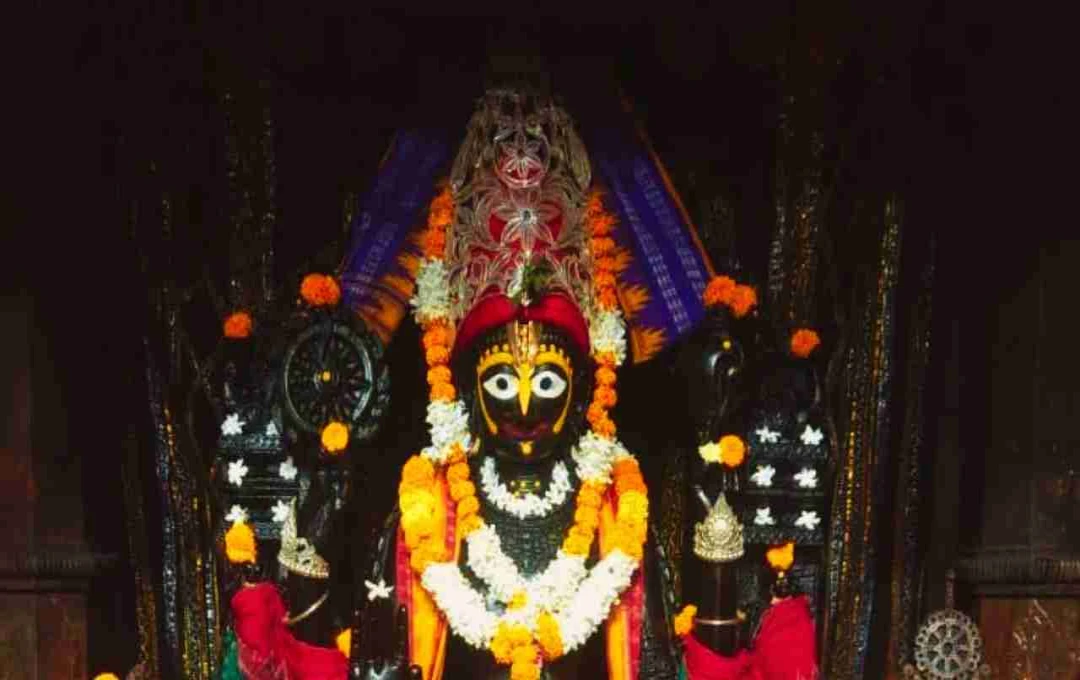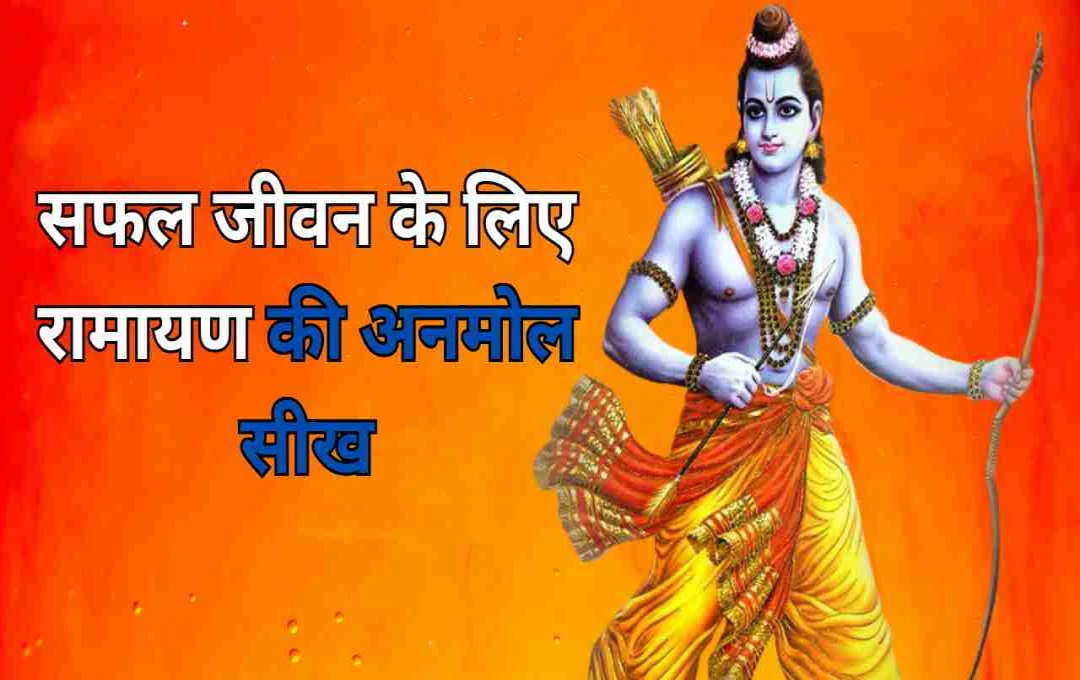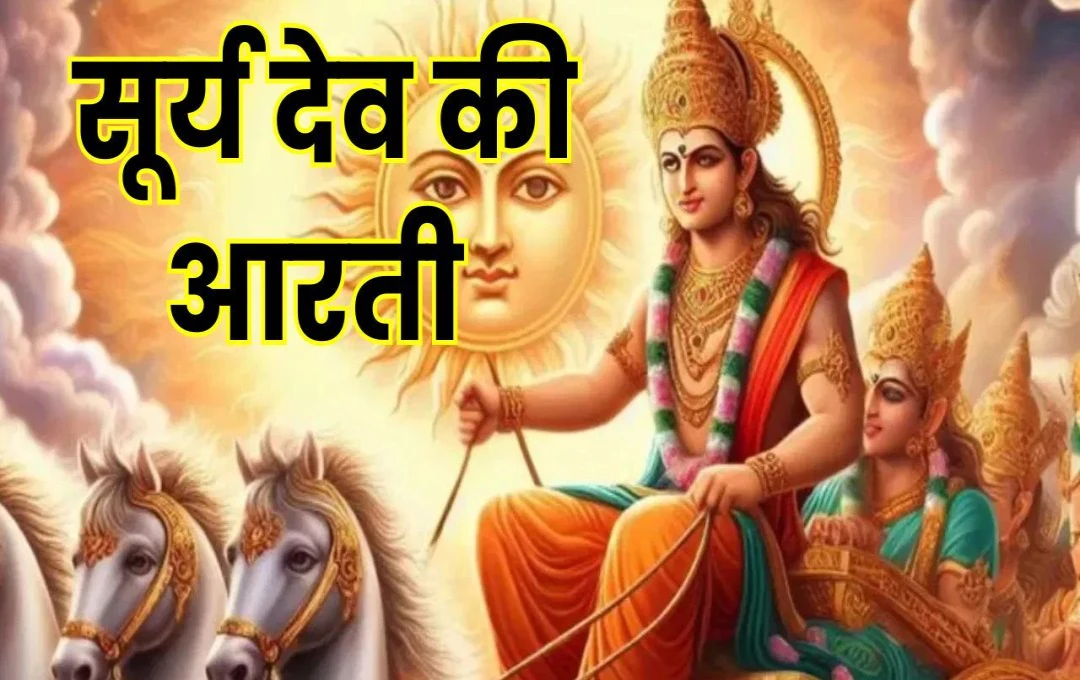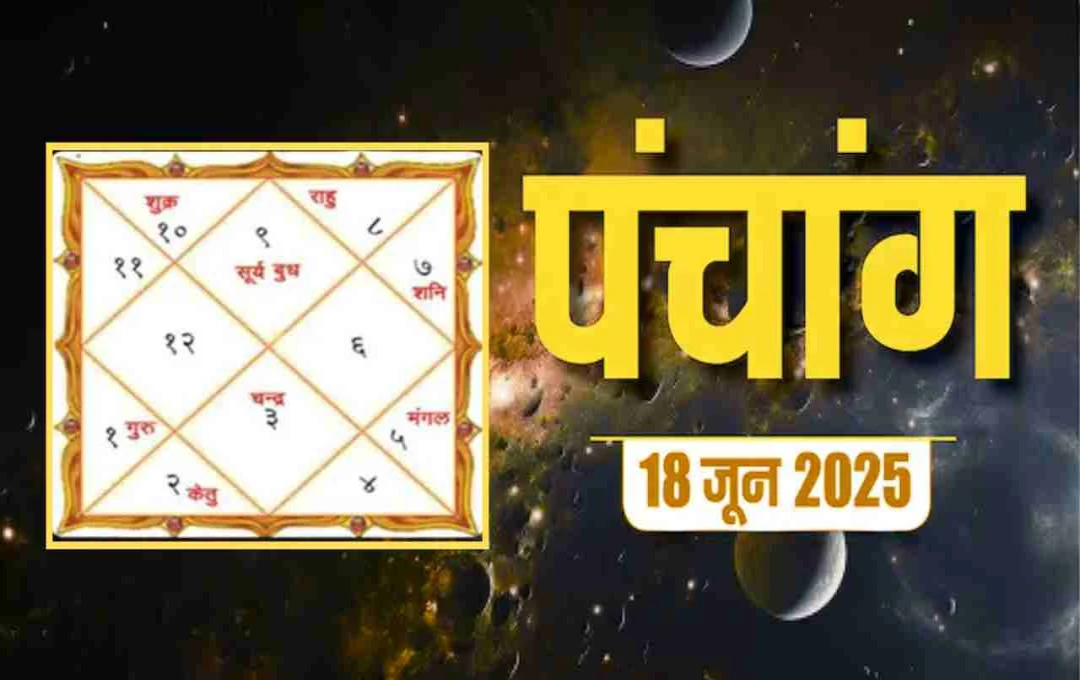The Alarnath Temple, located in Puri, Odisha, is as famous as it is mysterious and steeped in faith. Dedicated to the four-armed form of Lord Vishnu, its most striking features are the kheer (rice pudding) offering and the blisters visible on the deity's body, even today.
Situated in Brahmagir, approximately 30 kilometers from the Srimandir (Puri Jagannath Temple), the Alarnath Temple holds a significant place in Jagannath’s annual rituals. During the Snan Purnima festival, when Lord Jagannath, Balabhadra, and Subhadra undergo a special ablution, they are given rest to cool their bodies. This period, known as Anasara Kala, lasts about 15 days. During this time, Lord Jagannath is not visible to his devotees. Tradition holds that during Anasara Kala, Lord Jagannath resides and accepts worship at the Alarnath Temple.
The Mystery of the Name Alarnath
The name 'Alarnath' is believed to have originated from the Dravidian tradition of South India. In Tamil, the word 'Alooyar' means devotee. From this, the word 'Alooyarnath' (Lord of Devotees) emerged, later evolving into 'Alarnath' in common parlance. The temple continues to follow South Indian traditions in its worship practices, and its priests are considered descendants of that tradition.
The Origin of the Alarnath Deity
According to ancient scriptures, during the Satya Yuga, Brahma performed intense penance to see Lord Vishnu. Pleased by his devotion, the Lord appeared in his four-armed form and instructed Brahma to create and worship his image. Brahma crafted a beautiful statue from black Mrigamriguni stone, which remains enshrined in the Alarnath Temple to this day. This place was later named Brahmagir.
The Tale of the Kheer: When the Lord was Pleased by a Child's Devotion
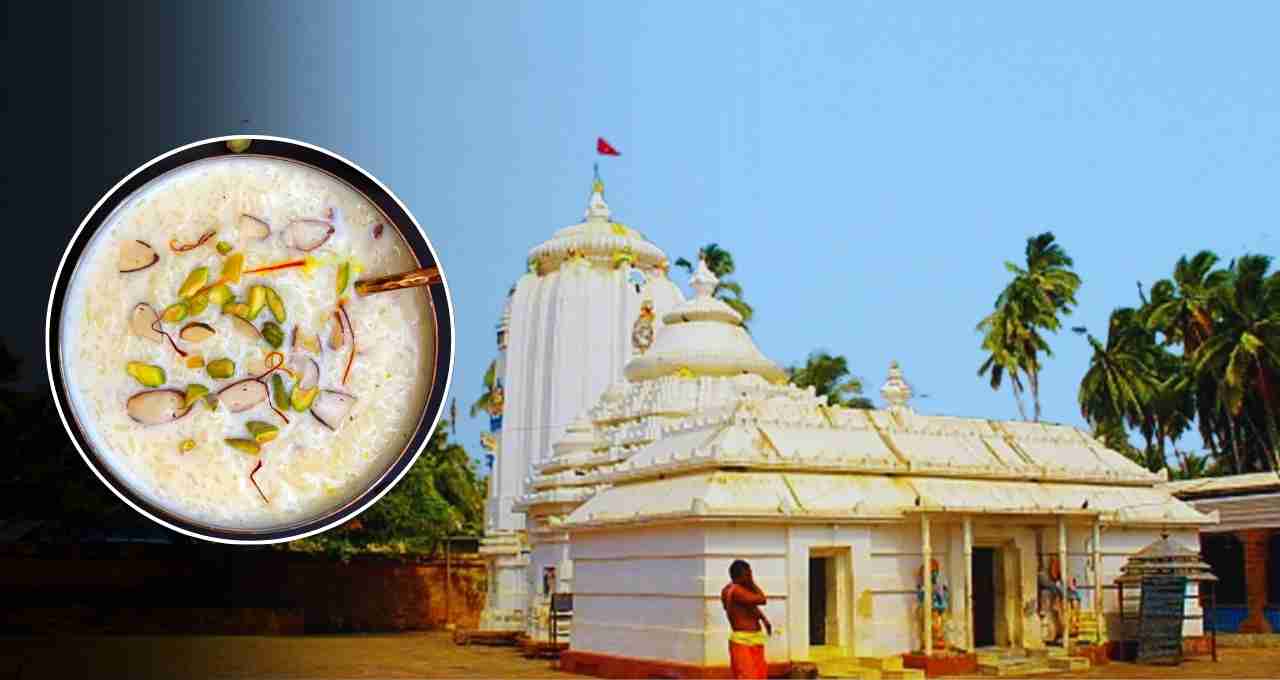
The most poignant story associated with the Alarnath Temple is that of the kheer offering. It is said that one day, the priest, Sriketan, had to go to the village, leaving his young son to offer kheer to the deity. The child was unfamiliar with the rituals, but his devotion was sincere. He offered the kheer with faith, closed his eyes and remembered the Lord. Upon opening his eyes, the pot was empty.
His mother was suspicious, but the next morning, while secretly observing, witnessed a miraculous sight – Lord Alarnath himself emerged from the statue and consumed the kheer. At that moment, the priest returned and saw this. He ran to apprehend the Lord, and in the ensuing commotion, hot kheer spilled onto the Lord's hands and face, leaving blisters. These marks are still visible on the statue today.
The Curse and the Story of the Lineage's Destruction
Sriketan became angry at the Lord for consuming the entire offering without leaving anything for his family. Even when the Lord offered him a boon, he continued to rebuke Him. Despite the Lord's repeated pleas, the priest remained unyielding, leading the Lord to curse him: his lineage would end in the sea, and only his devout son, Madhusudan, would attain heaven.
The curse came to pass, and Sriketan's lineage perished. Afterward, Lord Alarnath remained without worship or offerings for many years, with no one left to serve Him.
King Purushottama Deva's Vow
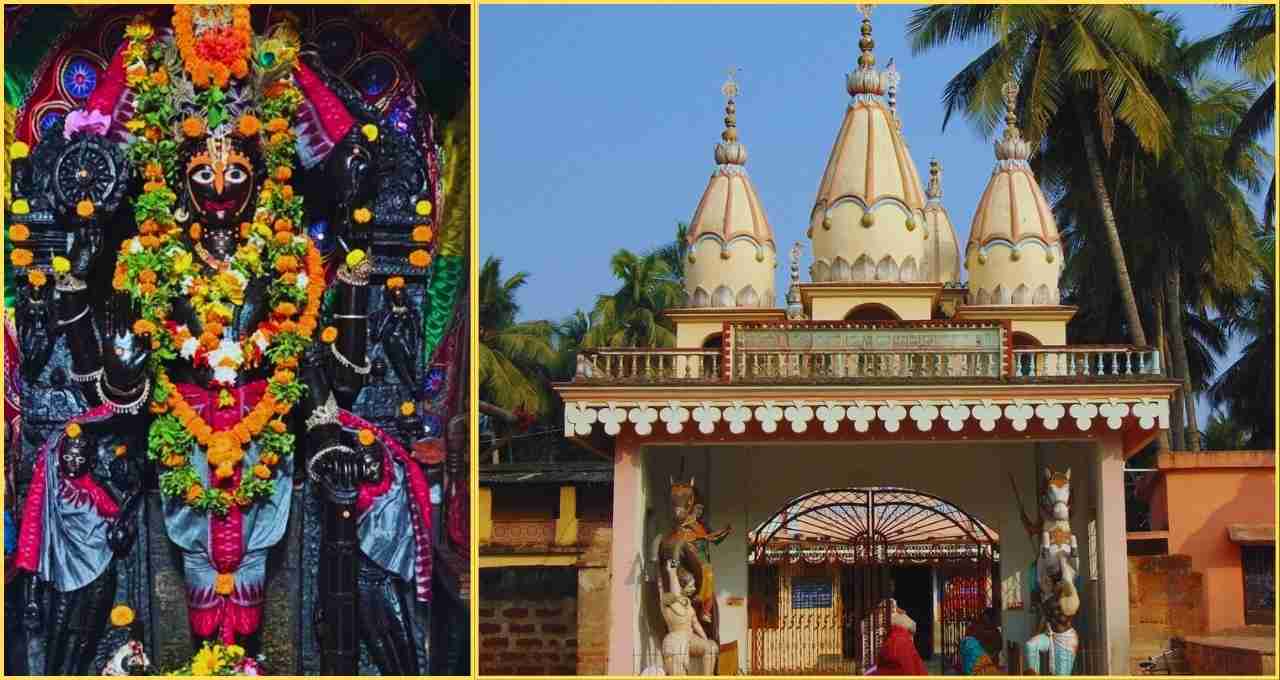
Years later, Kalinga ruler Gajapati Purushottama Deva learned of this situation. He vowed to Lord Alarnath that if his Kanchi campaign was successful, he would restore the temple's worship. Following his victory at Kanchi, the king fulfilled his promise. He appointed a priest and a Supakara Panda (temple administrator) to offer kheer to the Lord daily.
Faith Remains Alive Today
Today, the temple remains a center of devotion and faith. Kheer is offered to Lord Alarnath daily. The temple priests continue to show devotees the burn marks on the deity's body. This is not merely a religious symbol, but also testament to the sincere devotion of a child who called upon the Lord, and the Lord's own act of consuming the kheer.
The Alarnath Temple is not just a religious site; it's a place of living miracles and the epitome of devotion. Its story teaches devotees that true devotion does not require elaborate rituals. This temple also inspires those who limit their experience of God to temples alone—here, the Lord himself emerges from the statue out of love for a devotee.
